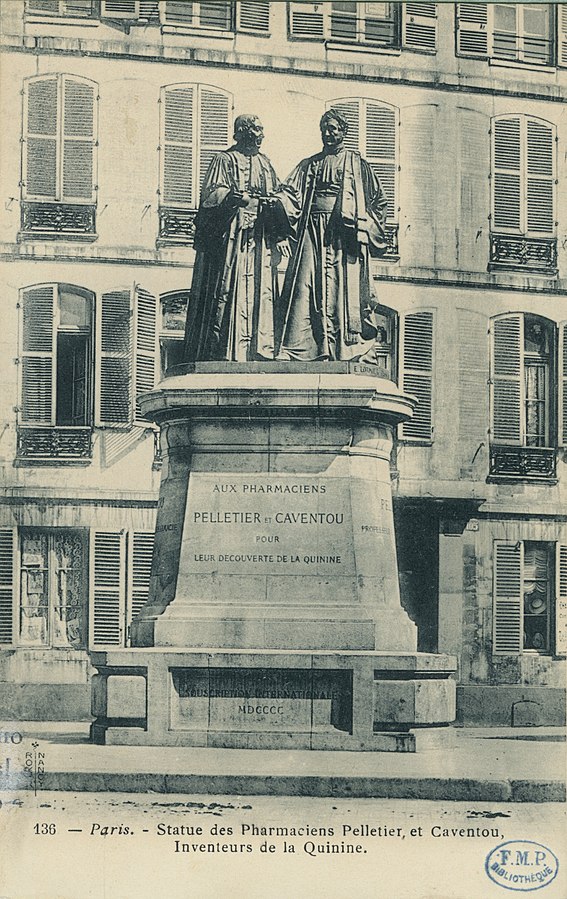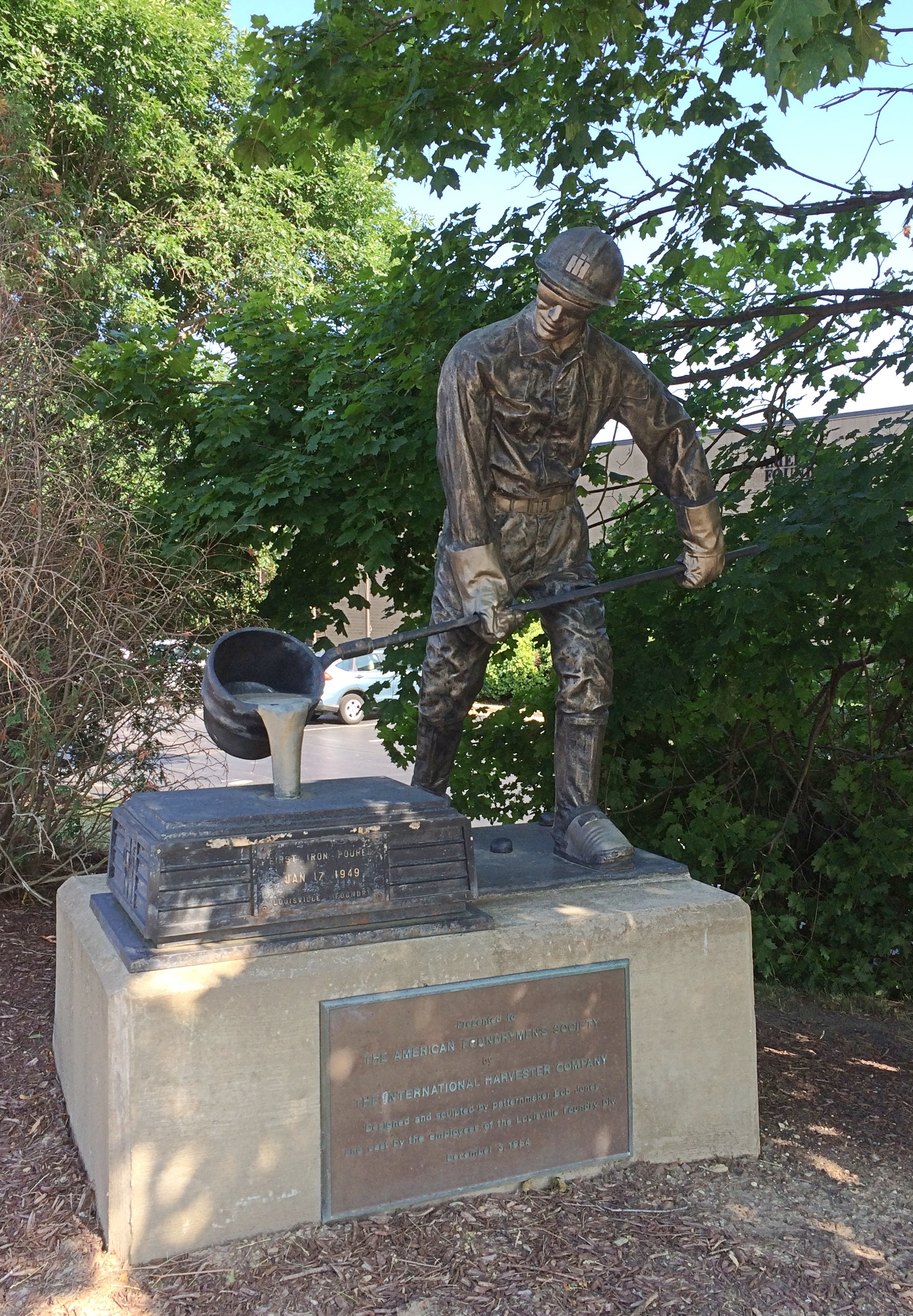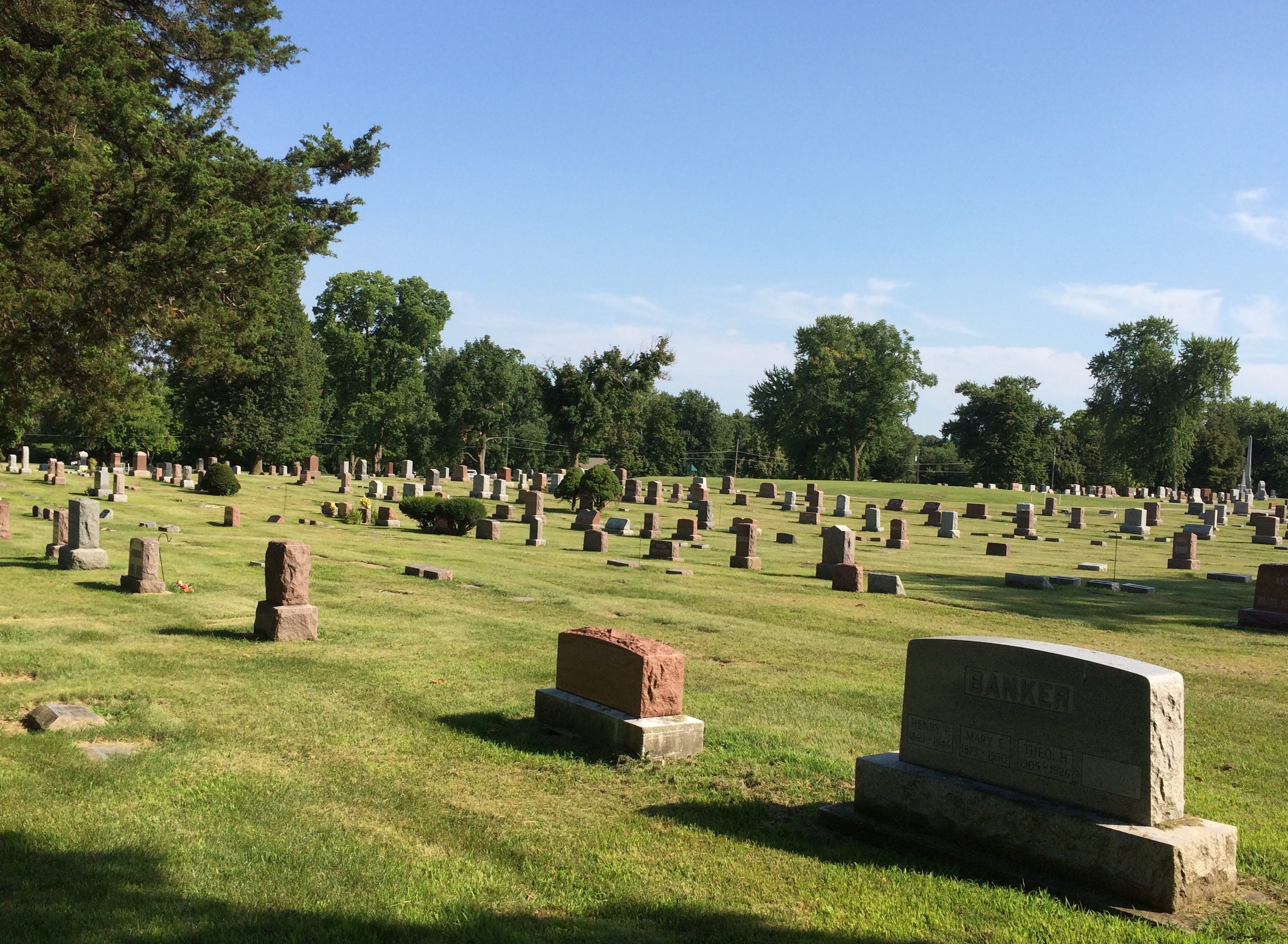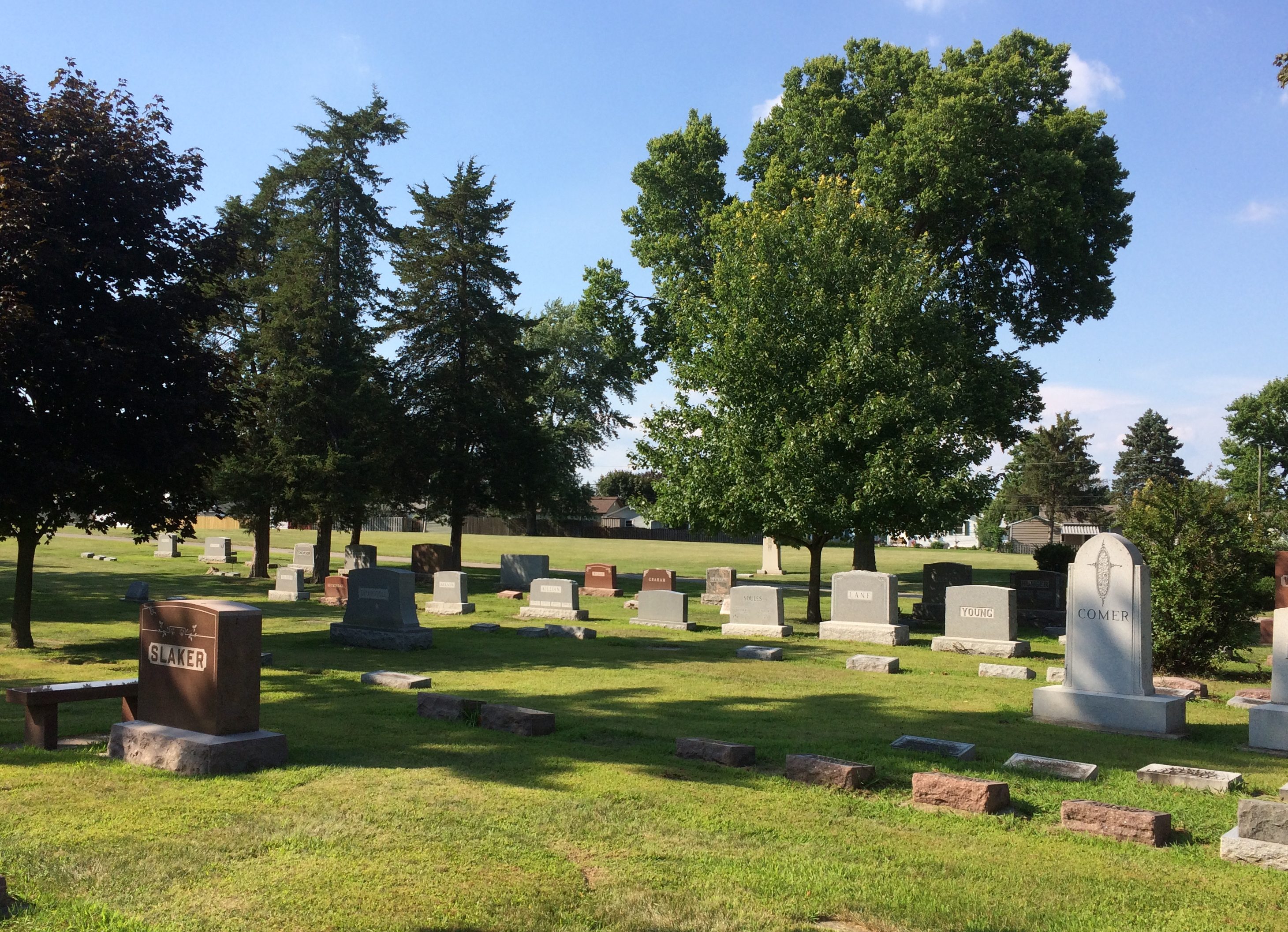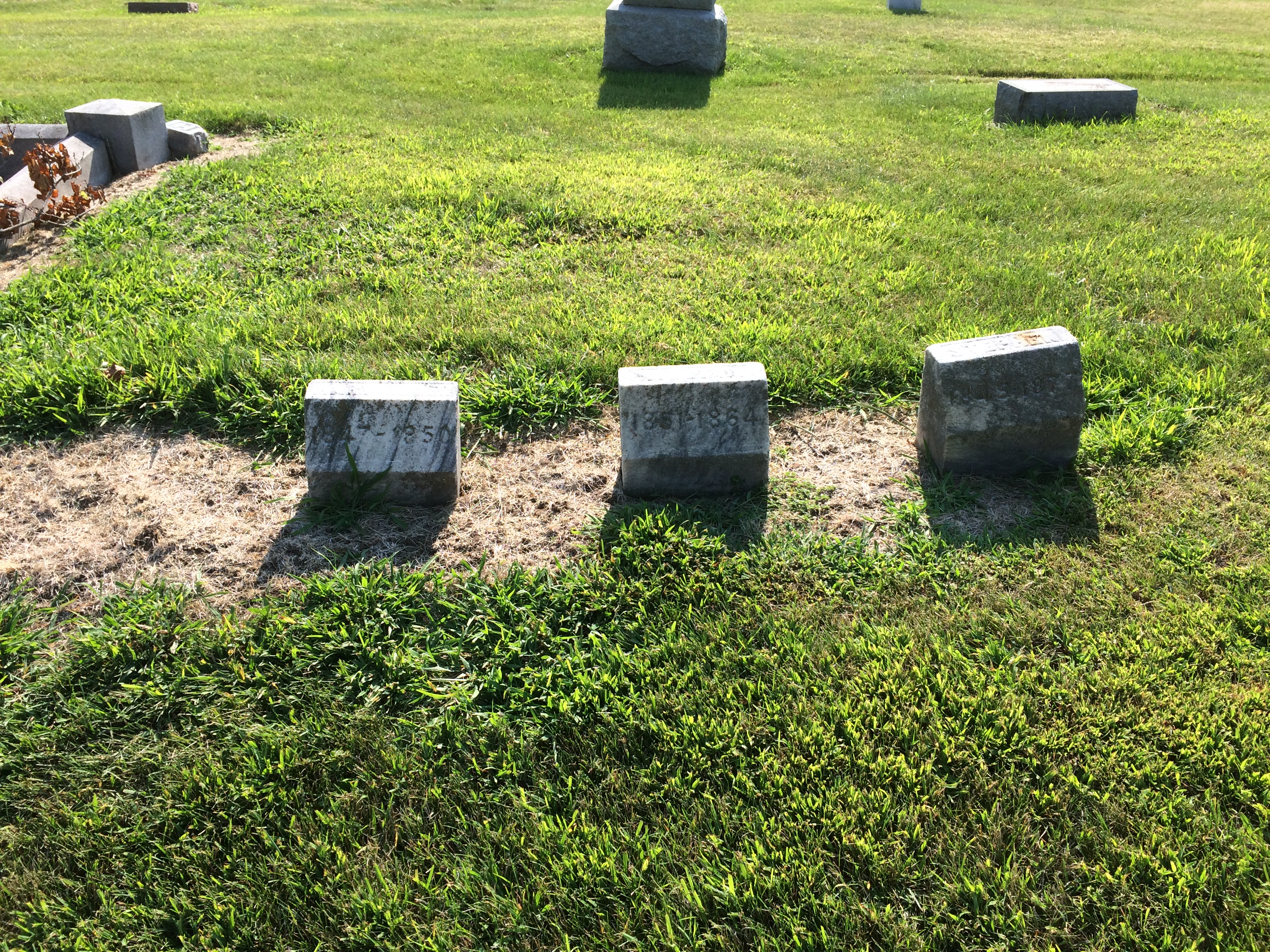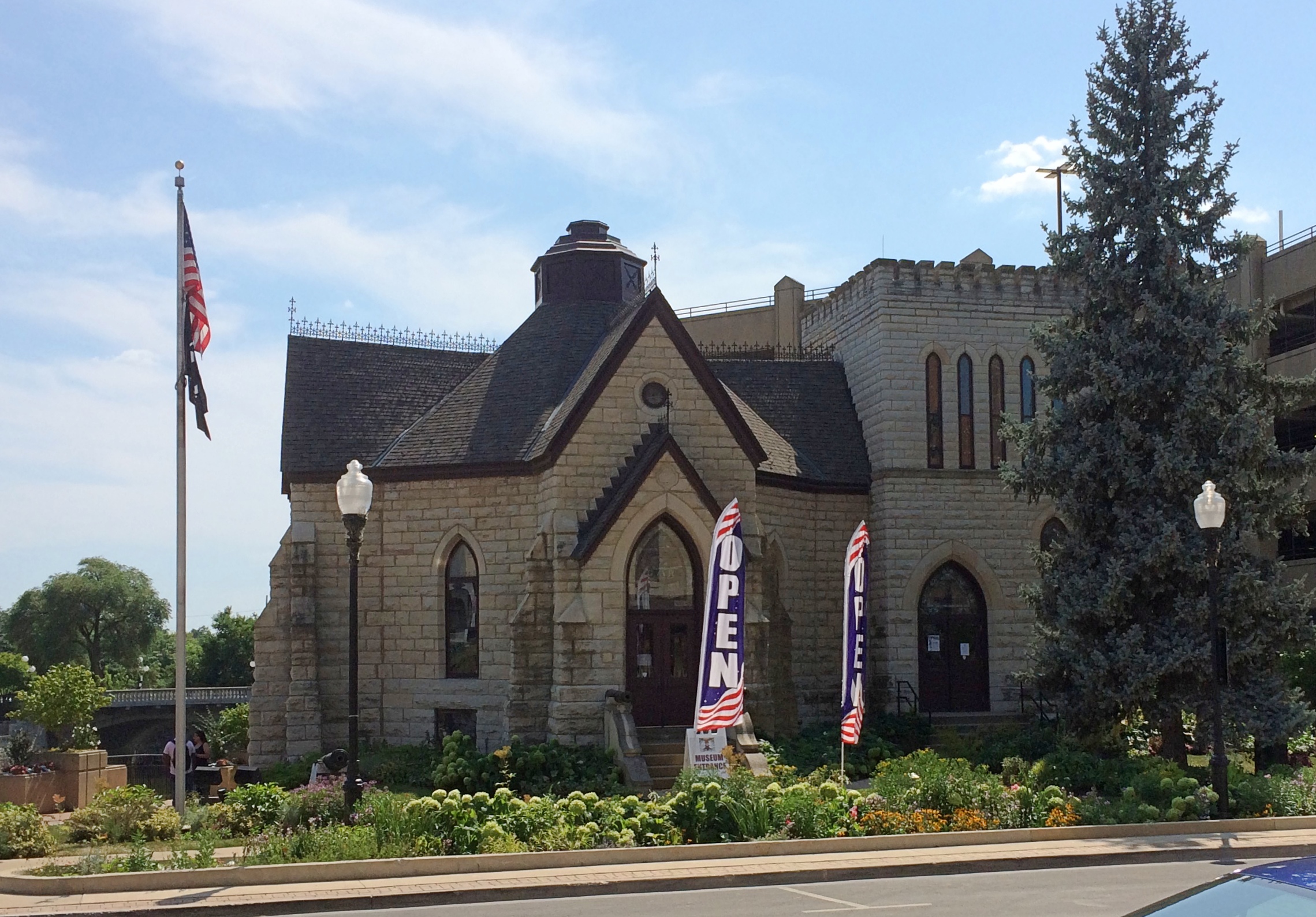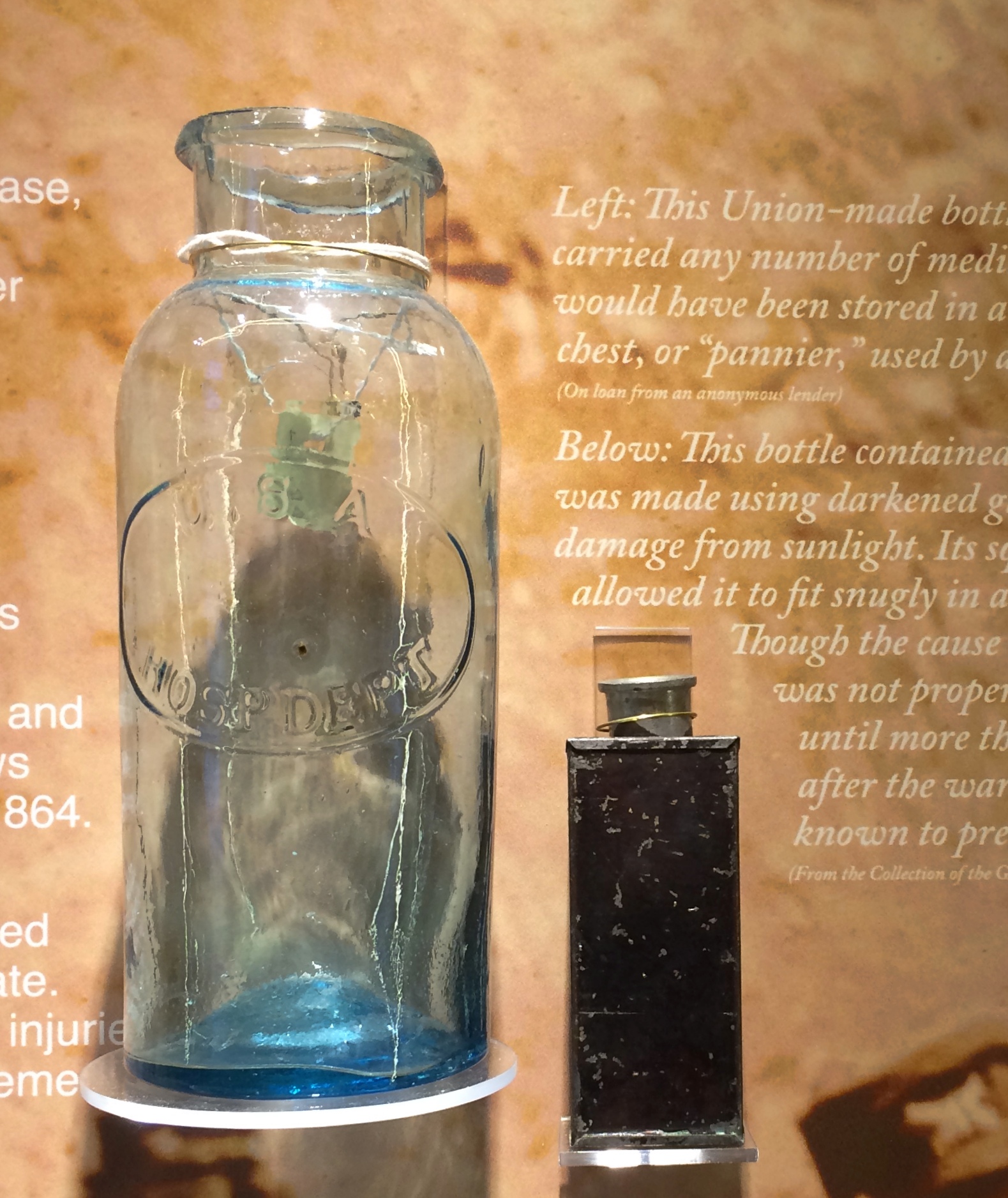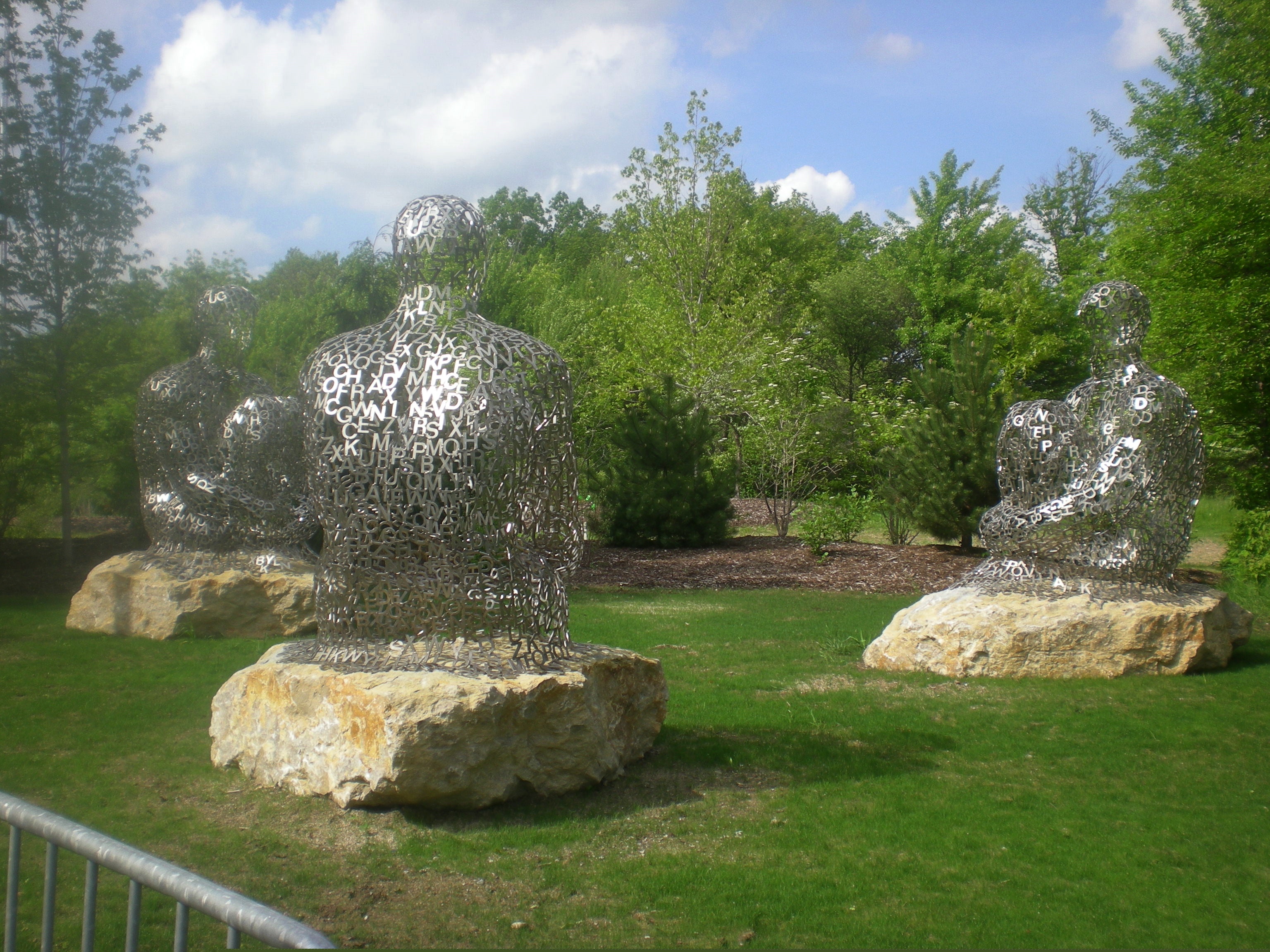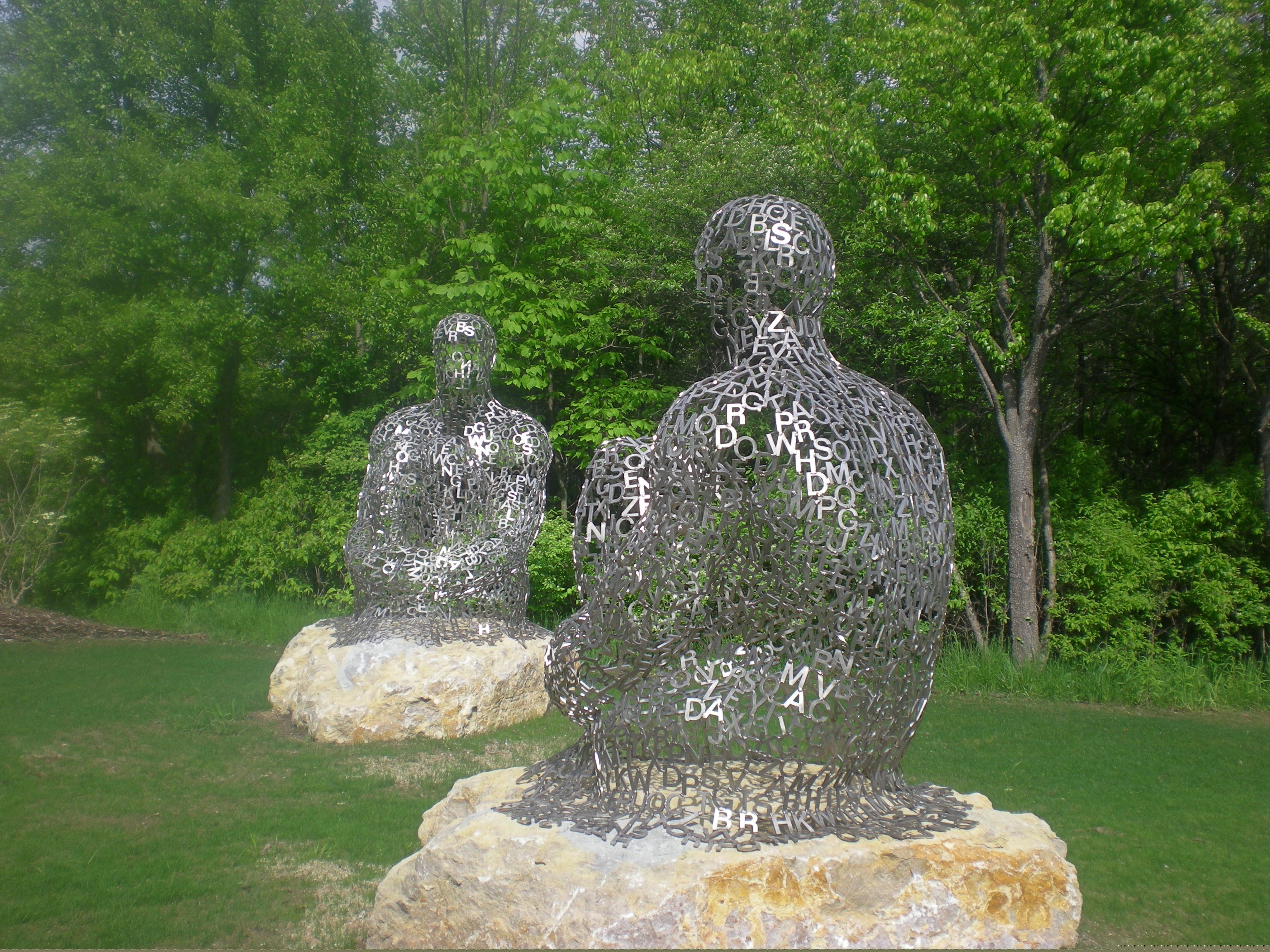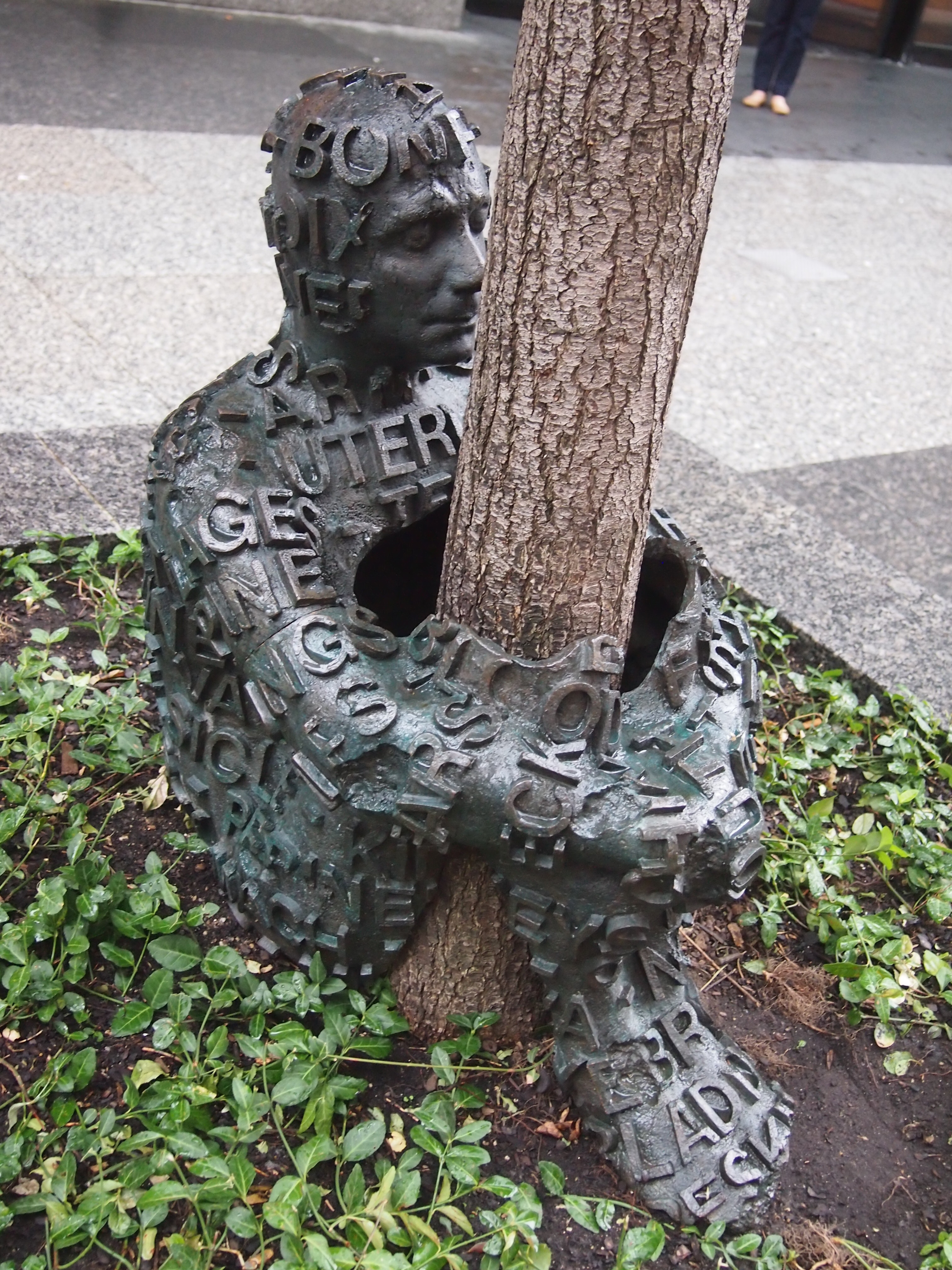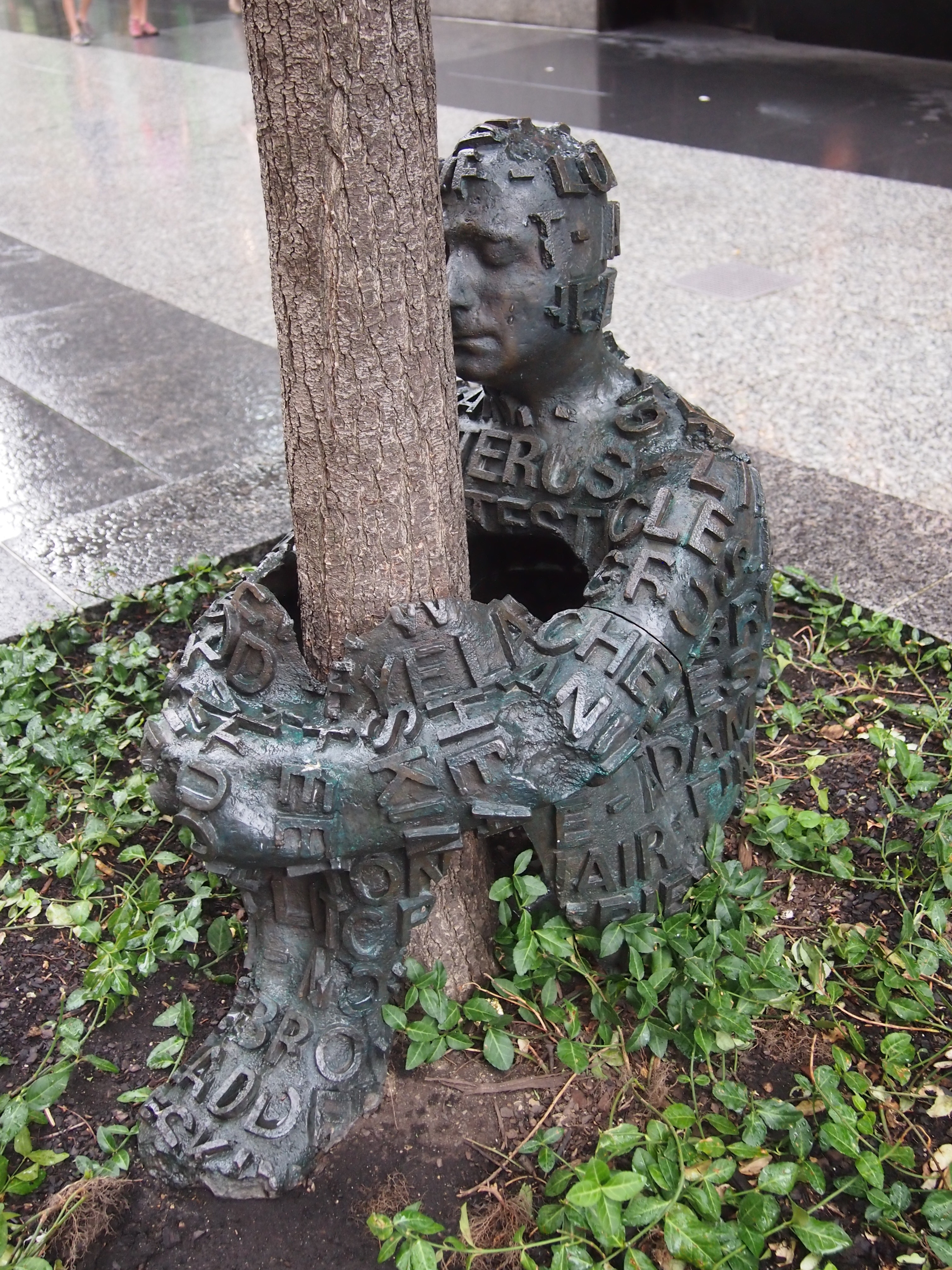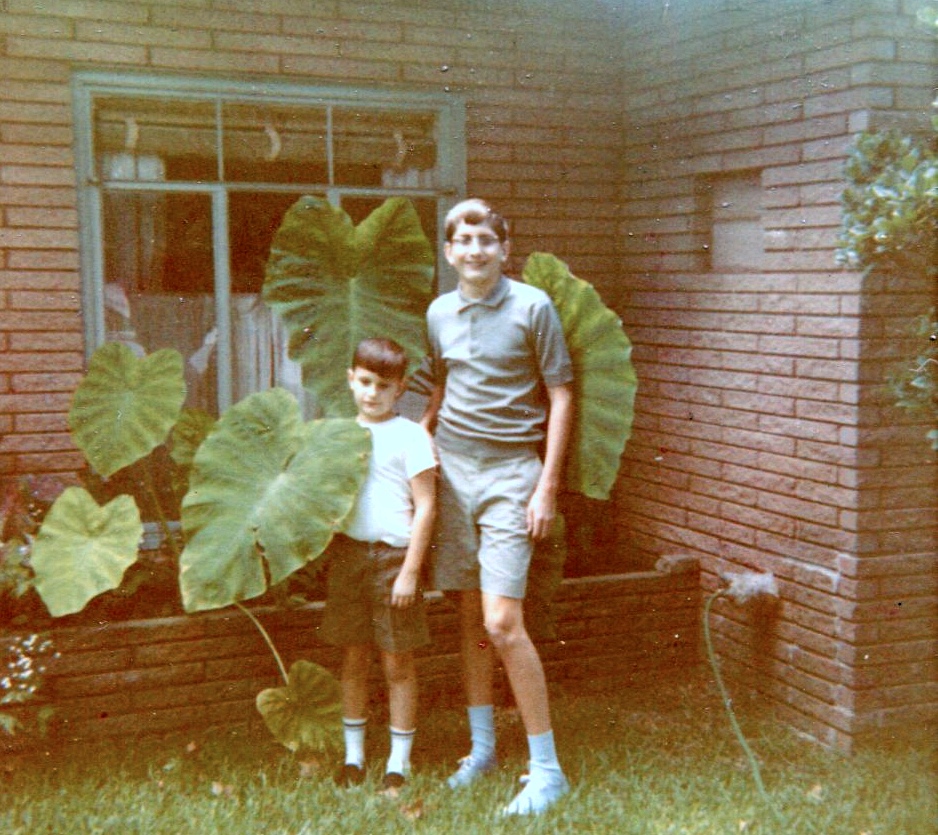Went to Aurora, Illinois, on Saturday evening for a performance of The Comedy of Errors, the only one in the suburbs this year by Chicago Shakespeare in the Parks.
 The play’s the trope-namer, though I expect the idea is much older even than Plautus, and in fact Errors owes a lot to Plautus. It’s a trope big enough to include comic high points like Fawlty Towers (also a comedy of manners) as well as such excrescences as Three’s Company.
The play’s the trope-namer, though I expect the idea is much older even than Plautus, and in fact Errors owes a lot to Plautus. It’s a trope big enough to include comic high points like Fawlty Towers (also a comedy of manners) as well as such excrescences as Three’s Company.
Free Shakespeare in the 21st century packs ’em, I’m glad to report.
 The Chicago Shakespeare Company, full of talented young actors, handled the material well, including lots of slapstick and wordplay. I suspect some of the more obscure jokes were removed and other points smoothed out, though I’m not an expert on the play. No matter. It was funny.
The Chicago Shakespeare Company, full of talented young actors, handled the material well, including lots of slapstick and wordplay. I suspect some of the more obscure jokes were removed and other points smoothed out, though I’m not an expert on the play. No matter. It was funny.
 The show began when the sun was still hot, so Shakespeare-shaped hand fans were available. By the time Errors ended, it was dusk and pretty comfortable there at RiverEdge Park.
The show began when the sun was still hot, so Shakespeare-shaped hand fans were available. By the time Errors ended, it was dusk and pretty comfortable there at RiverEdge Park.
Acrobatics and juggling punctuated the play, which I figure is true to the spirit of the earliest performances. And to the staging by the Flying Karamazov Brothers, for that matter. The goal was (is) to entertain, after all. So it does, in competent hands, 400+ years later.
The biggest laughs came when one of the Dromios described being pursued by the other Dromio’s girlfriend, a kitchen wench.
Dromio: Marry, sir, she’s the kitchen wench, and all grease, and I know not what use to put her to but to make a lamp of her and run from her by her own light. If she lives till doomsday, she’ll burn a week longer than the whole world.
Antipholus: What complexion is she of?
Dromio: Swart like my shoe, but her face nothing like so clean kept. For why? She sweats. A man may go overshoes in the grime of it.
Antipholus: That’s a fault that water will mend.
Dromio: No, sir, ’tis in grain; Noah’s flood could not do it.
Antipholus: What’s her name?
Dromio: Nell, sir, but her name and three quarters — that’s an ell and three quarters — will not measure her from hip to hip.
Antipholus: Then she bears some breadth?
Dromio: No longer from head to foot than from hip to hip. She is spherical, like a globe. I could find out countries in her.

